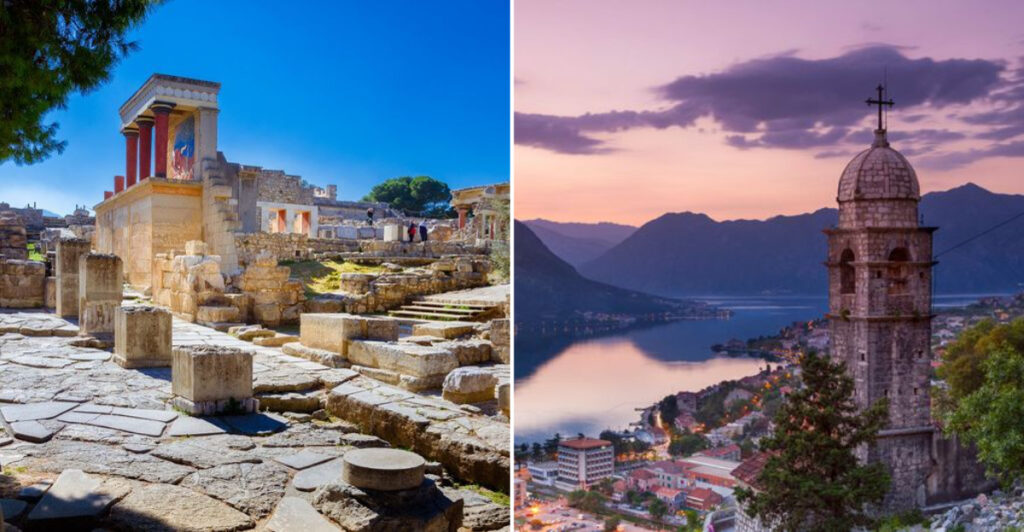Looking to go off the beaten path and explore hidden gems that few travelers know about? Here’s a curated list of 17 lesser-known UNESCO World Heritage Sites – each offering rich history, incredible beauty, and solitude.
1. Archaeological Sites of the Island of Meroë, Sudan
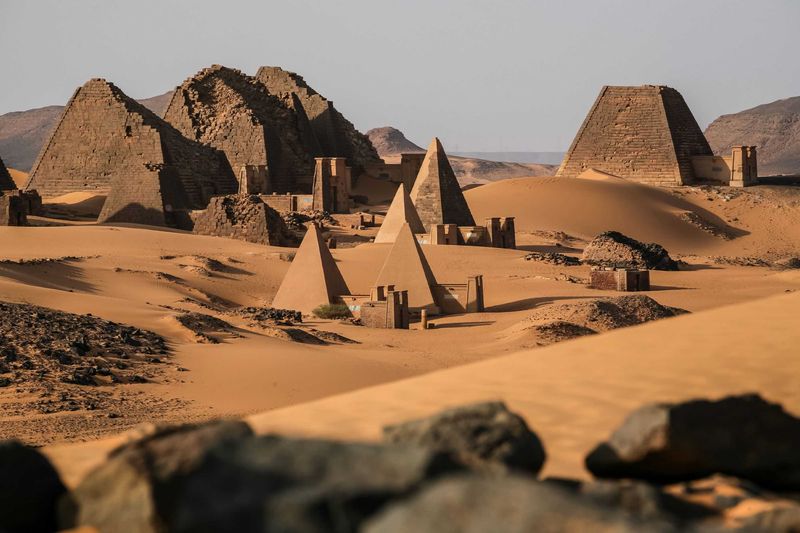
Nestled in the vast Sudanese desert, the Archaeological Sites of the Island of Meroë stand as a testament to an ancient civilization that once rivaled the Pharaohs of Egypt. With over 200 slender pyramids rising from the sands, Meroë is a hauntingly beautiful reminder of the Kingdom of Kush’s grandeur. Despite its historical significance, this site remains largely unvisited, offering solitude to those who venture here.
The pyramids, smaller yet more numerous than those in Egypt, are adorned with intricate carvings and hieroglyphs that whisper tales of kings and queens long past. For history enthusiasts, this site provides a unique glimpse into a world often overshadowed by its northern neighbors.
As the sun sets, casting long shadows over the dunes, the silence envelops you. It’s a place where time seems to pause, inviting travelers to explore its secrets at their own pace. Truly, a hidden treasure waiting to be discovered.
2. Aldabra Atoll, Seychelles
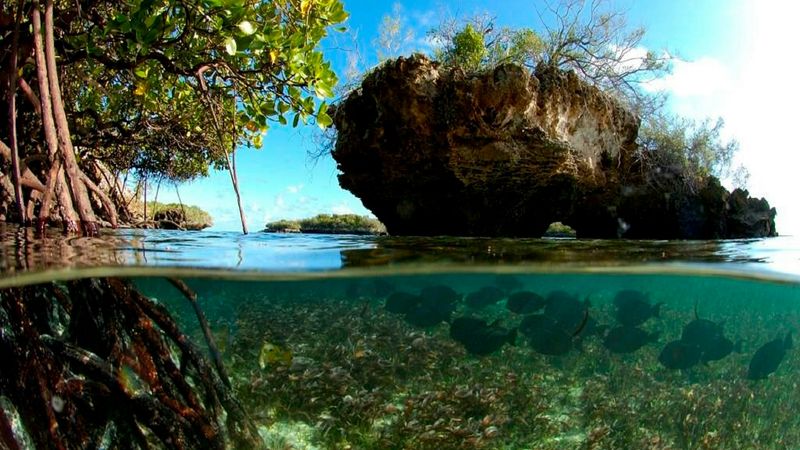
Aldabra Atoll, the world’s second-largest raised coral atoll, is located in the remote waters of the Indian Ocean, this UNESCO site is a sanctuary for the planet’s largest population of giant tortoises. Its remoteness ensures a pristine environment, far from the bustling tourist trails.
The atoll’s crystal-clear waters are teeming with marine life, while its shores are dotted with unique flora and fauna. It’s a haven for biologists and nature lovers alike, providing a rare opportunity to observe ecosystems undisturbed by human interference.
Access to Aldabra is restricted, preserving its natural beauty and ensuring that those who do visit leave minimal impact. For those seeking an unforgettable experience in one of the world’s most secluded locations, the atoll promises serenity and profound natural beauty.
3. Ruins of Loropéni, Burkina Faso
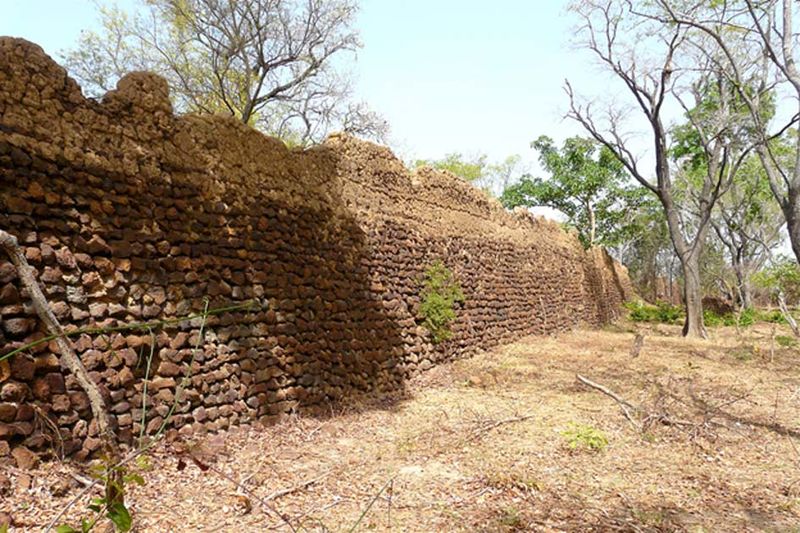
In the heart of West Africa lies the Ruins of Loropéni, a site that whispers secrets of a bygone era. This thousand-year-old stone fortress, the first UNESCO World Heritage Site in Burkina Faso, offers a rare glimpse into the region’s medieval history. Enveloped by dense vegetation, its walls stand as silent sentinels, guarding stories of trade and conquest.
The ruins, though modest in scale, speak volumes about the sophisticated societies that once thrived here. They are believed to be part of the Lobi Empire, a civilization known for its intricate trade networks and cultural richness.
For travelers seeking an off-the-grid adventure, Loropéni provides an authentic experience. The absence of crowds allows for personal reflection and exploration, making it a perfect destination for those interested in history and archaeology.
4. Valletta, Malta

Small in size but immense in charm, Valletta, the capital of Malta, is a captivating blend of history and modern culture. Often overshadowed by its larger European counterparts, this UNESCO site offers a tranquil escape filled with understated beauty and rich history. The city’s narrow streets are lined with Baroque buildings, each telling tales of the Knights of Malta.
As you wander through Valletta’s cobbled alleys, the scent of the Mediterranean wafts through the air, mingling with laughter from local cafes. Here, history is alive, yet the pace remains unhurried, granting visitors a chance to truly savor their surroundings.
Valletta is a city that invites exploration, whether it’s through its grand cathedrals, quaint shops, or vibrant waterfronts. It’s a place where the past and present coexist harmoniously, offering a unique perspective on Maltese culture and history.
5. Kotor, Montenegro
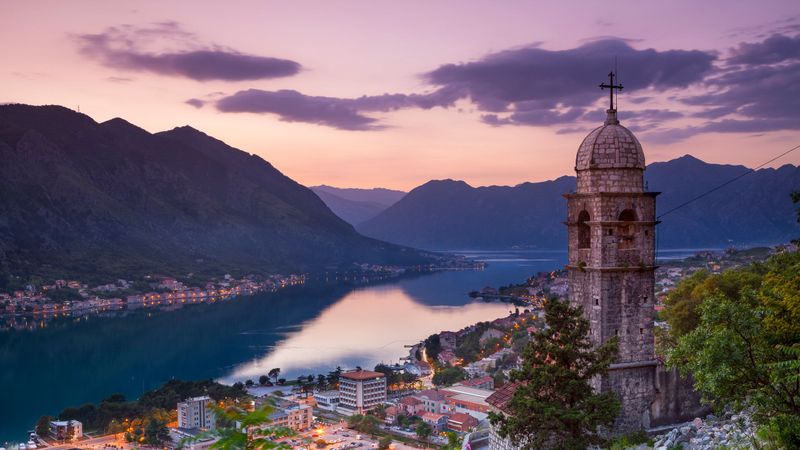
Nestled between towering mountains and a serene bay, Kotor is Montenegro’s hidden gem. This medieval town, with its labyrinthine alleys and ancient fortifications, offers a serene escape from the well-trodden paths of Europe. Its UNESCO status safeguards its history, allowing visitors to step back in time.
Kotor’s walls, which climb steeply up the mountainside, offer breathtaking views of the bay below. As you wander through the town’s squares, the echoes of centuries past can almost be heard over the gentle lapping of the water.
Despite its growing popularity, Kotor retains an air of mystery and tranquility. It’s a place where you can lose yourself in history, explore at your own pace, and discover the stories etched into its stone walls. A destination that promises both adventure and peace.
6. Antequera Dolmens Site, Spain
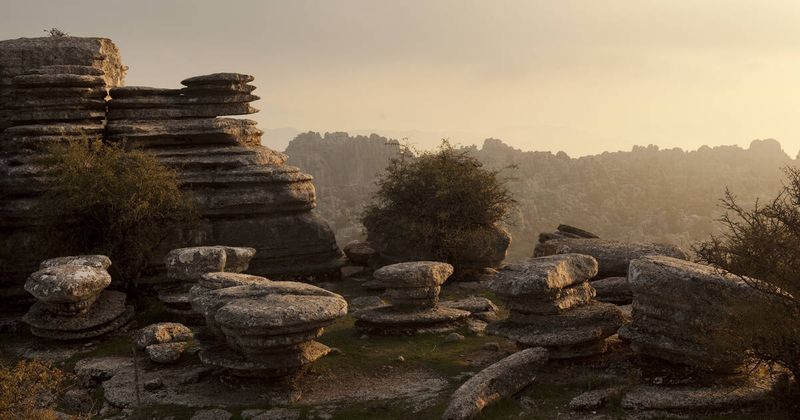
In southern Spain, the Antequera Dolmens Site stands as a mysterious testament to prehistoric ingenuity. These ancient megalithic tombs, older than Stonehenge, are a marvel of early human engineering. Nestled near the city of Málaga, this UNESCO site is often overlooked, offering a quiet refuge for contemplation.
The dolmens, aligned with the surrounding mountains, speak volumes about the spiritual beliefs of those who built them. Each stone structure is a portal to the past, inviting visitors to ponder the rituals and lives of ancient communities.
Visitors can wander among these silent sentinels, feeling the weight of history in the air. The site’s serene beauty and enigmatic aura make it a perfect destination for those seeking a deeper connection with history and the mysteries of human civilization.
7. Al Ain Oasis, United Arab Emirates
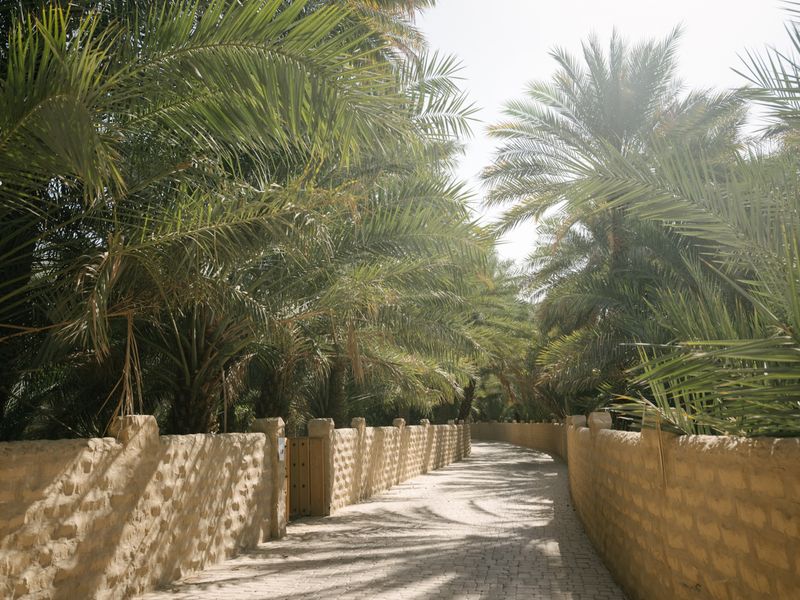
Amidst the arid desert landscapes of the United Arab Emirates lies the tranquil Al Ain Oasis. This UNESCO site is a lush expanse of greenery, offering a welcome contrast to the surrounding sand dunes. Known for its traditional falaj irrigation system, the oasis is a living testament to human ingenuity in harnessing nature’s resources.
Wandering through the shaded groves of date palms, visitors are transported to another time, where the pace of life is slower, and nature’s bounty is cherished. The oasis offers a serene escape from the bustling cities of the UAE, providing a glimpse into the region’s agricultural heritage.
As you explore the meandering pathways, the sounds of birds and the gentle rustle of palm fronds create a symphony of tranquility. Al Ain Oasis is more than a natural wonder; it’s a cultural treasure waiting to be discovered by those willing to venture off the beaten path.
8. Ciudad Perdida (Lost City), Colombia
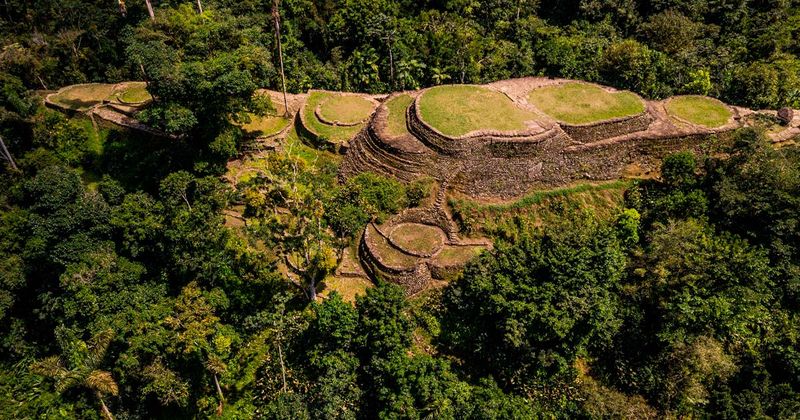
Deep in Colombia’s dense jungle, Ciudad Perdida, or the Lost City, remains a testament to the ancient Tairona civilization. Reached only by a challenging multi-day trek, this site deters mass tourism, preserving its mystique and untamed beauty. The journey itself is a rite of passage for adventurers seeking the road less traveled.
Upon arrival, the ancient stone terraces and structures, hidden under a lush canopy, reveal their secrets. Each step on this sacred ground feels like a step back in time, as if the whispers of history swirl through the trees.
The Lost City is a place of reflection and awe, where nature and history intertwine. It’s a reminder of the resilience of past cultures and the enduring allure of places untouched by modernity. For those who brave the trek, the rewards are immeasurable, offering a glimpse into a world long lost.
9. Göbekli Tepe, Turkey
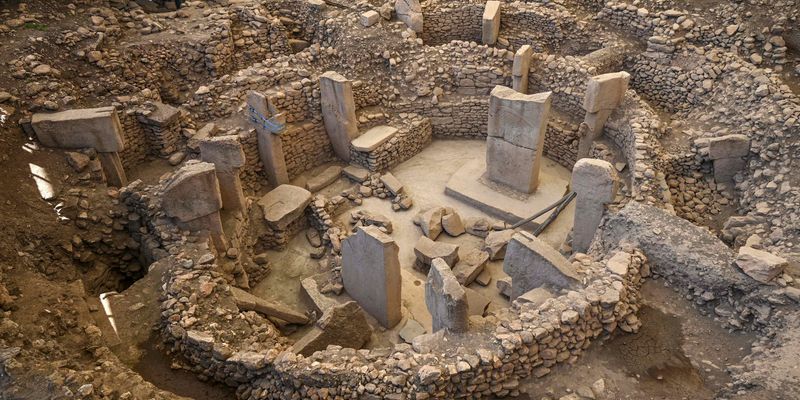
Göbekli Tepe, perched atop a hill in southeastern Turkey, is often hailed as the world’s oldest temple. This archaeological wonder, dating back 12,000 years, challenges our understanding of human history and spirituality. Despite its significance, Göbekli Tepe remains sparsely visited, offering an intimate encounter with the dawn of civilization.
The site’s massive stone pillars, adorned with intricate carvings of animals and symbols, stand as silent witnesses to ancient rituals. As the sun casts long shadows across the landscape, one can’t help but feel the weight of millennia past.
Göbekli Tepe invites contemplation and curiosity, drawing those who seek to uncover humanity’s earliest stories. It’s a place where history’s mysteries are palpable, waiting for inquisitive minds to unravel them. A journey to Göbekli Tepe is more than a visit; it’s an exploration of our shared origins.
10. Mirador, Guatemala
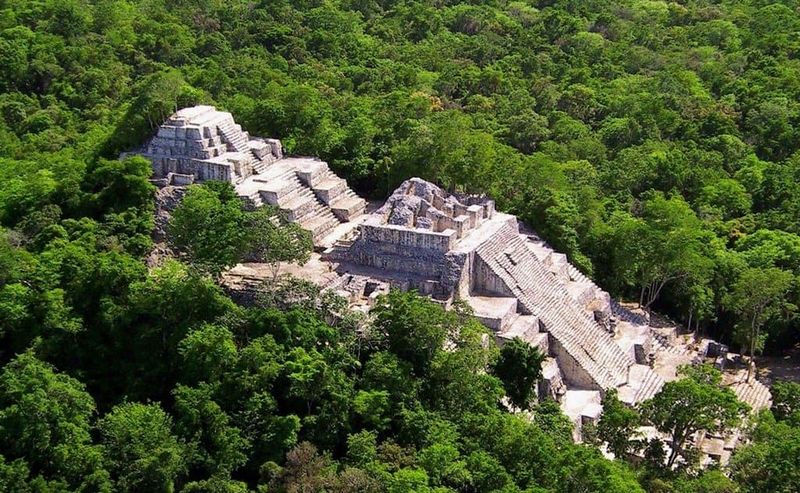
Hidden in the heart of Guatemala’s rainforest, Mirador is an archaeological treasure awaiting discovery. As one of the largest and oldest Preclassic Maya sites, its vast pyramids soar above the jungle canopy, echoing the grandeur of a lost civilization. Accessible only by foot or helicopter, Mirador remains a sanctuary for those seeking adventure and solitude.
The journey through dense foliage to reach these ancient ruins is as rewarding as the destination itself. Each step reveals the remarkable ingenuity of the Maya, from the monumental pyramids to the intricate network of causeways.
For those who make the trek, Mirador offers a rare opportunity to connect with the past in a setting of breathtaking natural beauty. It’s a place where history and nature coexist, inviting explorers to uncover the stories of a civilization that once thrived here, hidden away from the world.
11. Carpathian Saxon Villages, Romania
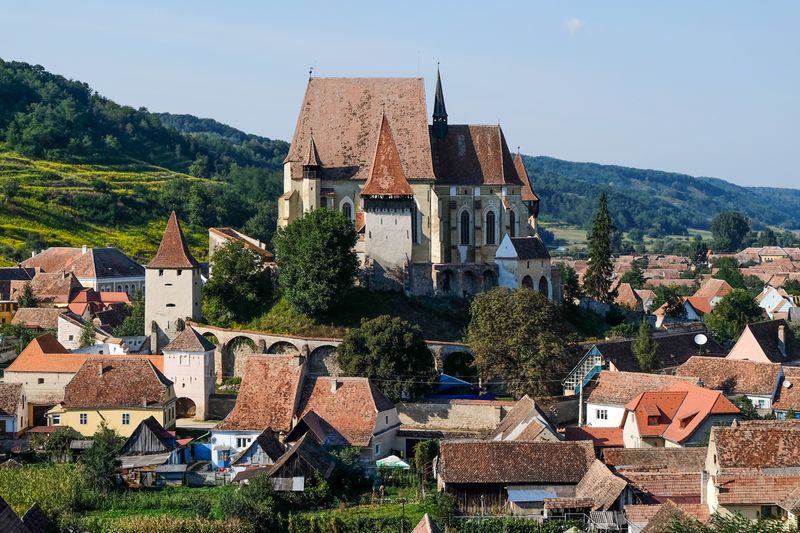
In the tranquil hills of Transylvania, Romania, the Carpathian Saxon Villages offer a glimpse into a bygone era. These medieval settlements, characterized by their fortified churches and traditional architecture, are a testament to the rich cultural tapestry woven by the Saxon settlers. Despite their historical significance, these villages remain off the beaten path, preserving their serene charm.
Each village tells a story of resilience and tradition, where time seems to stand still. The fortified churches, once bastions against invaders, now stand as symbols of communal strength and faith.
Exploring these villages is like stepping into a fairytale, with cobblestone streets, vibrant gardens, and a backdrop of rolling green hills. It’s a place where history is lived, not just observed, inviting visitors to immerse themselves in the unique blend of cultures that define this enchanting region.
12. Minoan Palatial Centres, Greece
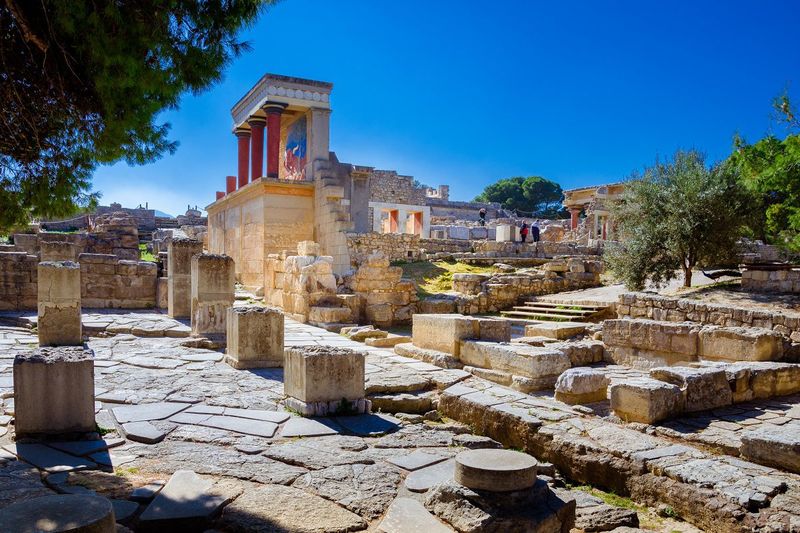
The Minoan Palatial Centres of Greece, including Knossos and Phaistos, offer a window into the Bronze Age’s vibrant civilization. These archaeological sites, newly inscribed as UNESCO World Heritage, remain less frequented than Greece’s famous beaches and museums, yet they hold profound historical significance.
Wandering through the ruins, visitors encounter remnants of grand palaces, intricate frescoes, and advanced infrastructure that speak of a sophisticated society. Each stone seems to tell a story of everyday life, trade, and cultural achievements.
For those who seek more than sun and sea, the Minoan Palatial Centres provide a rich tapestry of history and innovation. It’s a journey into the past where the echoes of ancient rituals and daily life resonate through time, offering a unique perspective on one of history’s great civilizations.
13. Megaliths of Carnac, France
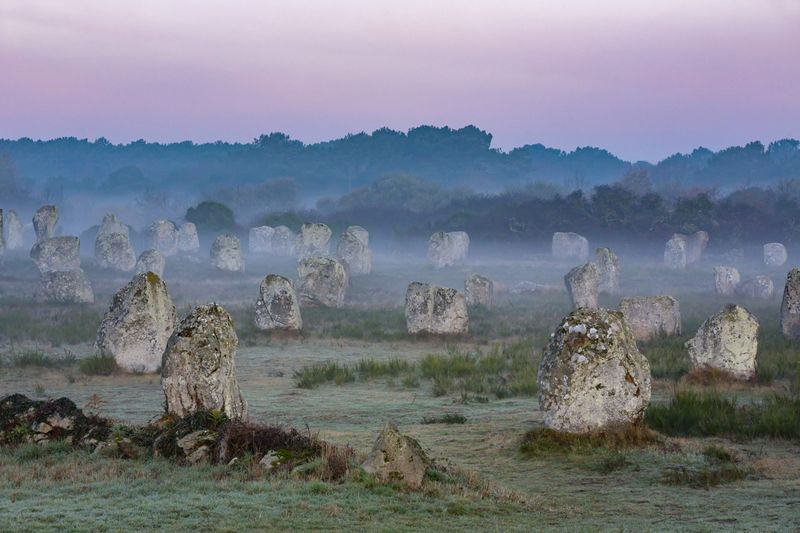
In the rolling landscapes of Brittany, France, the Megaliths of Carnac allure with their ancient mystery. These prehistoric stone alignments, numbering in the thousands, are older than the pyramids and shrouded in legend. Despite their grandeur, they attract fewer tourists than other French landmarks, offering a peaceful retreat for the curious.
Each stone stands as a silent guardian, woven into tales of druids, celestial events, and forgotten rituals. Walking among them, one can almost feel the presence of the past, a world where these stones were more than mere monuments.
For those intrigued by mysteries, the Carnac stones invite exploration and imagination. They’re a testament to human creativity and spiritual wonder, offering a connection to our distant ancestors and their interpretation of the world. It’s an invitation to ponder the unknown and the stories these stones might tell.
14. Prehistoric Sites of Khorramabad Valley, Iran
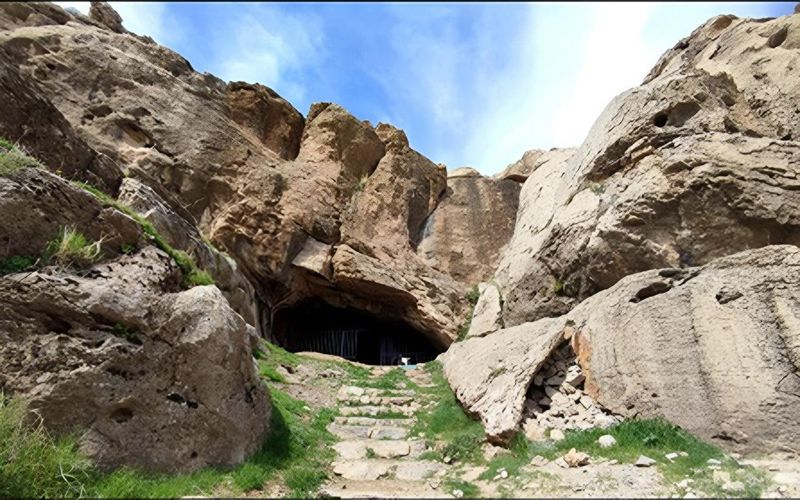
Amidst Iran’s rugged landscapes, the Prehistoric Sites of Khorramabad Valley reveal a tapestry of natural and cultural history. Recently recognized by UNESCO, these sites remain largely unexplored by international tourists, offering a quiet haven for discovery and reflection.
The valley is dotted with ancient caves and rock shelters, bearing witness to early human occupation. Each site is a chapter in the story of human survival and adaptation, etched into the stone by the hands of our ancestors.
Explorers are drawn to the valley’s serene beauty and historical depth, where the echoes of prehistoric life resonate in the air. It’s a place where nature and history converge, inviting visitors to explore the origins of human civilization and the timeless landscapes that have shaped it.
15. Wixarika Route to Wirikuta, Mexico

In the sun-drenched deserts of Mexico, the Wixarika Route to Wirikuta is more than a path; it’s a spiritual journey. Revered by the Huichol people, this pilgrimage trail traverses sacred landscapes imbued with ancient stories and symbolism. Despite its cultural significance, it remains a path less traveled, preserving its sanctity.
The journey through Wirikuta is one of reflection and reverence, where each step connects the pilgrim with their ancestors and the natural world. The desert’s stark beauty, with its sweeping vistas and resilient cacti, offers a backdrop for spiritual introspection.
For those who seek to understand the deep traditions of the Huichol, the Wixarika Route is an invitation to walk alongside history and spirituality. It’s a journey that transcends the physical, offering insights into indigenous beliefs and the enduring bond between people and their land.
16. Peruaçu River Canyon and Cavernas, Brazil
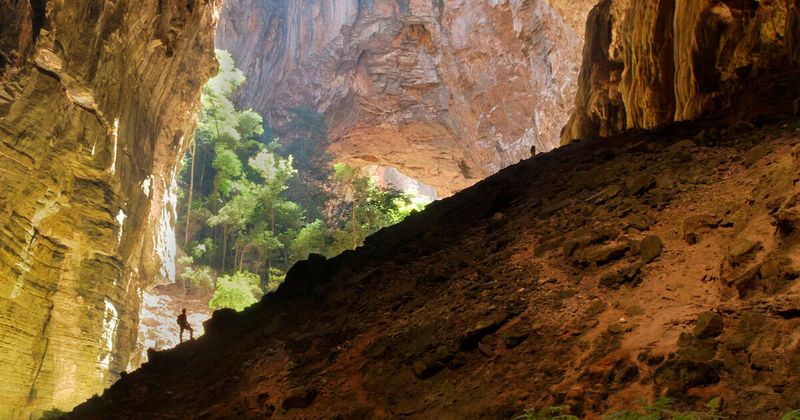
In the heart of Brazil, the Peruaçu River Canyon and Cavernas beckon with their untamed beauty and intrigue. This UNESCO site, with its sprawling cave systems and underground rivers, offers an otherworldly escape for those seeking adventure and solitude. Despite its allure, it remains a hidden gem, away from the clutches of mainstream tourism.
The cavernous depths reveal stunning rock formations, adorned with ancient rock art that narrates stories of early human inhabitants. Each chamber is a natural cathedral, where time seems suspended, and history whispers through the cool, damp air.
Explorers of the Peruaçu can lose themselves in its labyrinthine passages, discovering the secrets of a world beneath the earth’s surface. It’s a place where the wonders of nature and the echoes of the past intertwine, creating a magical tapestry of exploration and wonder.
17. Møns Klint Chalk Cliffs, Denmark
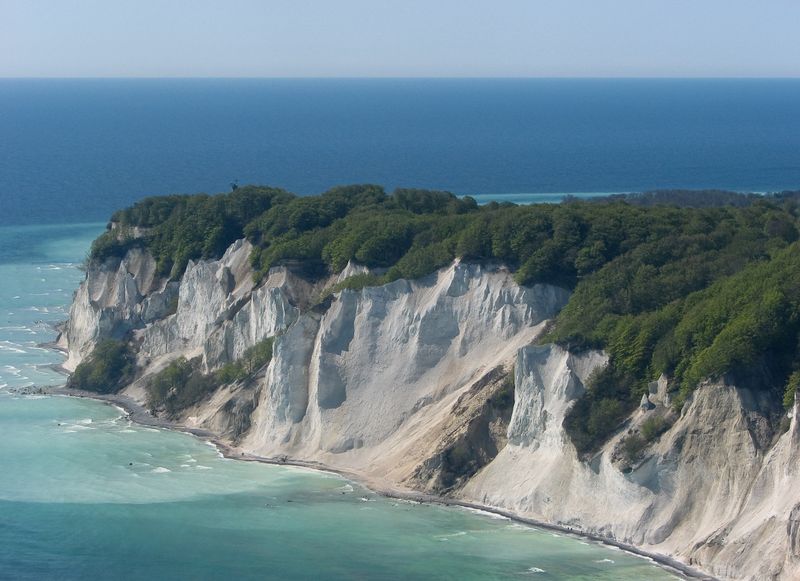
On the southeastern coast of Denmark, the Møns Klint Chalk Cliffs rise majestically against the Baltic Sea. These dramatic white cliffs, known for their rare fossils, offer a breathtaking landscape that remains off the radar for most travelers. The cliffs’ sheer beauty and geological significance make them a must-see for nature enthusiasts.
The cliffs, formed over millions of years, hold secrets of ancient marine life, with fossils embedded in their chalky walls. Each layer tells the story of Earth’s past, offering a unique glimpse into the natural history that shaped this region.
Visitors can explore the scenic trails that wind along the clifftops, offering panoramic views of the turquoise waters below. It’s a place where nature’s artistry is on full display, inviting reflection and admiration. For those seeking a quiet escape and a connection with the Earth’s history, Møns Klint is a true marvel.

